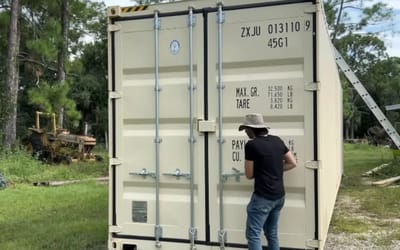NASA and Boeing reveal new look for green X-plane for the future
- NASA and Boeing have unveiled the new look of the X-66
- The green X-plane hopes to reduce aviation emissions
- Its aim is to help the US achieve net-zero emissions for aviation by 2050
Published on Mar 13, 2024 at 7:06 PM (UTC+4)
by Amelia Jean Hershman-Jones
Last updated on Mar 18, 2024 at 1:51 PM (UTC+4)
Edited by
Alessandro Renesis
NASA and Boeing have unveiled the new look of the X-66, a green X-plane that’s set to reduce aviation emissions.
The X-plane is the first of its type designed specifically to helping the US achieve net-zero emissions by 2050 for aviation.
Made by Boeing in collaboration with NASA, it’s to be the next efficient commercial airliner.
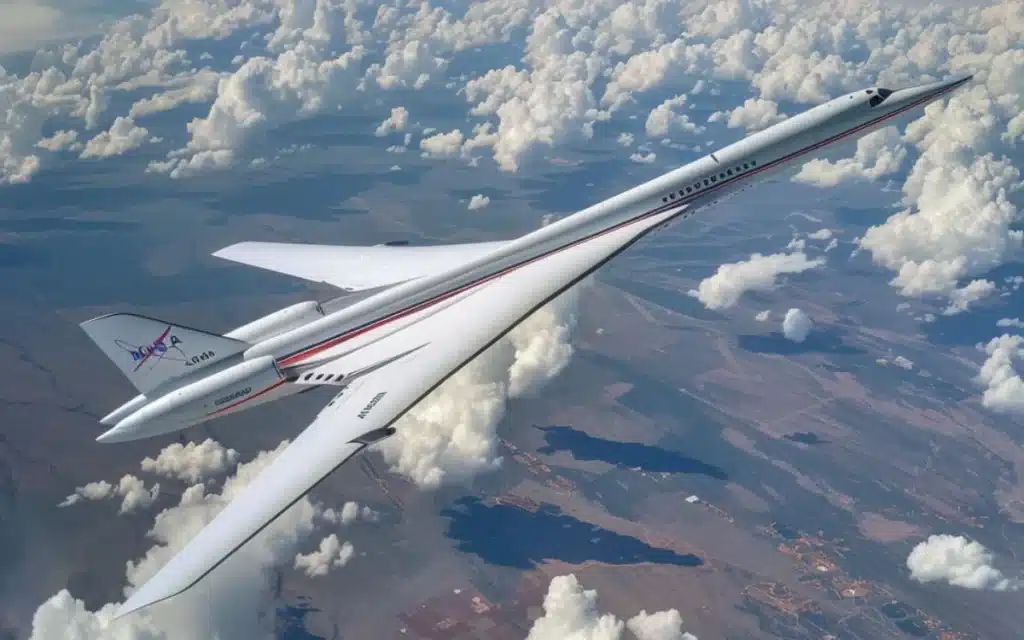
READ MORE! Rolls-Royce hydrogen jet engine could change flights forever
Their latest collaborative effort is part of the Sustainable Flight Demonstrator (SFD) project and larger Sustainable Flight National Partnership (SFNP) program.
What’s more, the X-plane is likely an evolved version of the X-66 A program.
In case you’re wondering, X-planes are experimental aircraft used to test new technologies and concepts to revolutionize aviation.
Now, the aerospace giants have unveiled the aircraft and it appear to pay homage to the on the McDonnell Douglas MD-90.
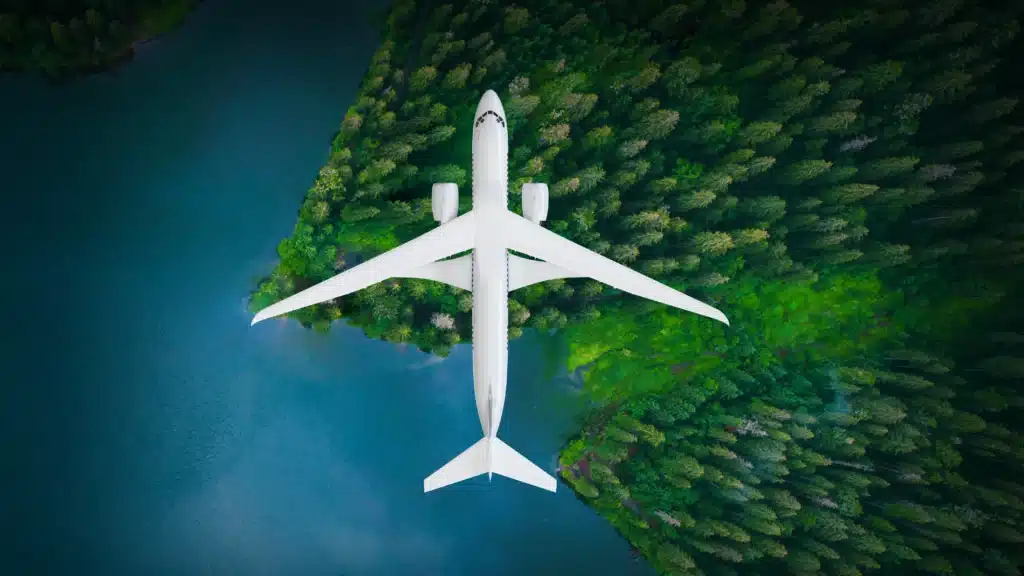
The net-zero goal is one shared by many countries to tackle climate change.
Aviation accounts for roughly 2.5% of global emissions and this figure is only heading skyward.
This makes eco-friendly aircraft crucial for the planet.
The X-66A, is being developed by NASA at its facility in Palmdale, California.
Extra-long, thin wings are supported by diagonal struts, known as the Transonic Truss-Braced Wing (TTBW).
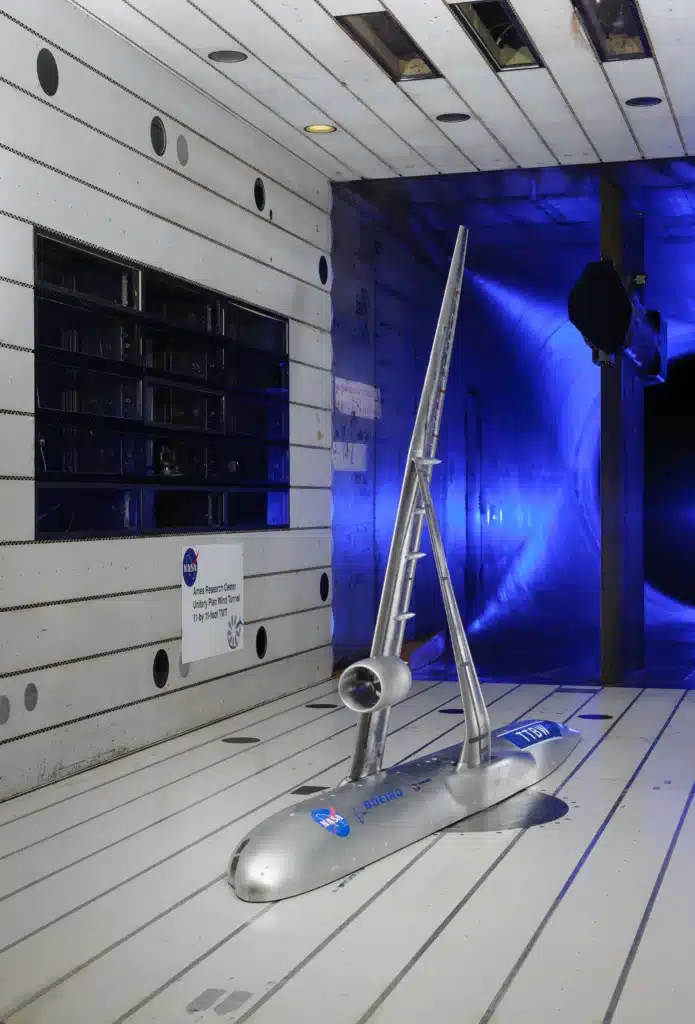
This enables the wings to operate at higher speeds and altitudes as it minimizes drag and weight.
When paired with advancements in propulsion, materials and systems architecture, the unique design could save fuel consumption and emissions by as much as 30 percent.
To turn the X-plane from a concept to a reality, NASA and Boeing are collaborating under the SFD project.
NASA will provide $425 million, and Boeing $725 million to build, test, and fly the X-plane.
The SFD project aims to inform a new generation of more sustainable single-aisle aircraft.

The X-66 will also test and validate the TTBW concept and other tech for future aircraft designs.
While the first to target efficiency and sustainability of everyday flights over performance X-66 is not the first X-plane that NASA and Boeing have joined forces on.
The X-66 will reducing noise, vibration, and costs for passengers.
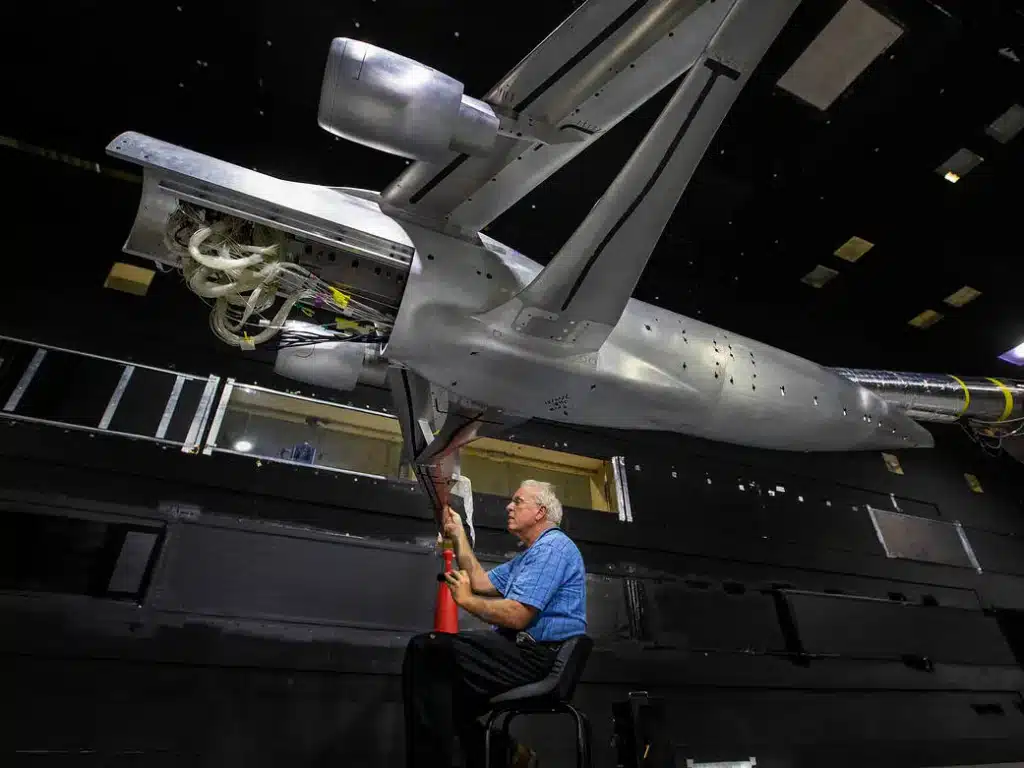
The X-1 broke the sound barrier in 1947, the X-15, reached the edge of space in 1963, and the X-43 achieved hypersonic speed in 2004.
What’s more, NASA’s X-59, part of the QUESST mission, aims to make commercial – and intentional – supersonic flight a reality.
NASA wants it to fly quietly at Mach 4, twice the speed of Concorde.
NASA’s X-66 is scheduled to take off in 2028 with tests and evaluations lasting until 2031.
Some of the images in this article were created using AI.
DISCOVER SBX CARS: The global premium car auction platform powered by Supercar Blondie
All Supercar Blondie contributors undergo editorial review and fact-checking to ensure accuracy and authority in automotive journalism. After gaining her BA Hons in French and English at the University of Nottingham, Amelia embarked on a vocational diploma from the National Council for the Training of Journalists (NCTJ). This led to numerous opportunities, from interning at Vogue to being on the small team that launched Women’s Health magazine in the UK, which was named the PPA Consumer magazine of the year for three years running. As Health, Beauty and Fitness editor, Amelia personally received a Johnson & Johnson Award and was shortlisted for both PPA and BSME titles. Since then, Amelia has created content for numerous titles and brands, including the Telegraph, 111 Skin, Waitrose, Red magazine, Stylist, and Elle, as well as being Head of Content at Vitality and Editor in Chief at INLondon magazine. “My superpower is translating technical jargon about the mechanical workings of a supercar into a relatable story you’ll want to share with your friends after you’ve read it.” After joining the SB Media family as a senior journalist in September of 2023, Amelia’s role has evolved to see her heading up the SEO output of the editorial team. From researching the most ‘Google-able’ key terms to producing evergreen content - it’s been a time of hard work, growth, and success for the editorial team and the Supercar Blondie website. “I like to think of myself as a ‘method journalist’. In other words: I live and breathe whatever I am writing about. When writing about fitness, I trained as a personal trainer, and as a beauty editor, I completed an ‘expert’ in scent diploma with the Fragrance Foundation. “During my tenure at Supercar Blondie, however, I did something I never thought possible: I passed my driving test at the age of 36. One day I’d love to train as a mechanic to better understand what happens under the hood, too. “My sweet spot is providing readers with a ‘takeaway’ (read: something new they didn’t know before) after reading every one of my stories. While I don’t claim to be an expert in the automotive world, I know the experts and bodies in the field to rely on to provide our readers with an informative and thought-provoking story every time they visit the site.”


